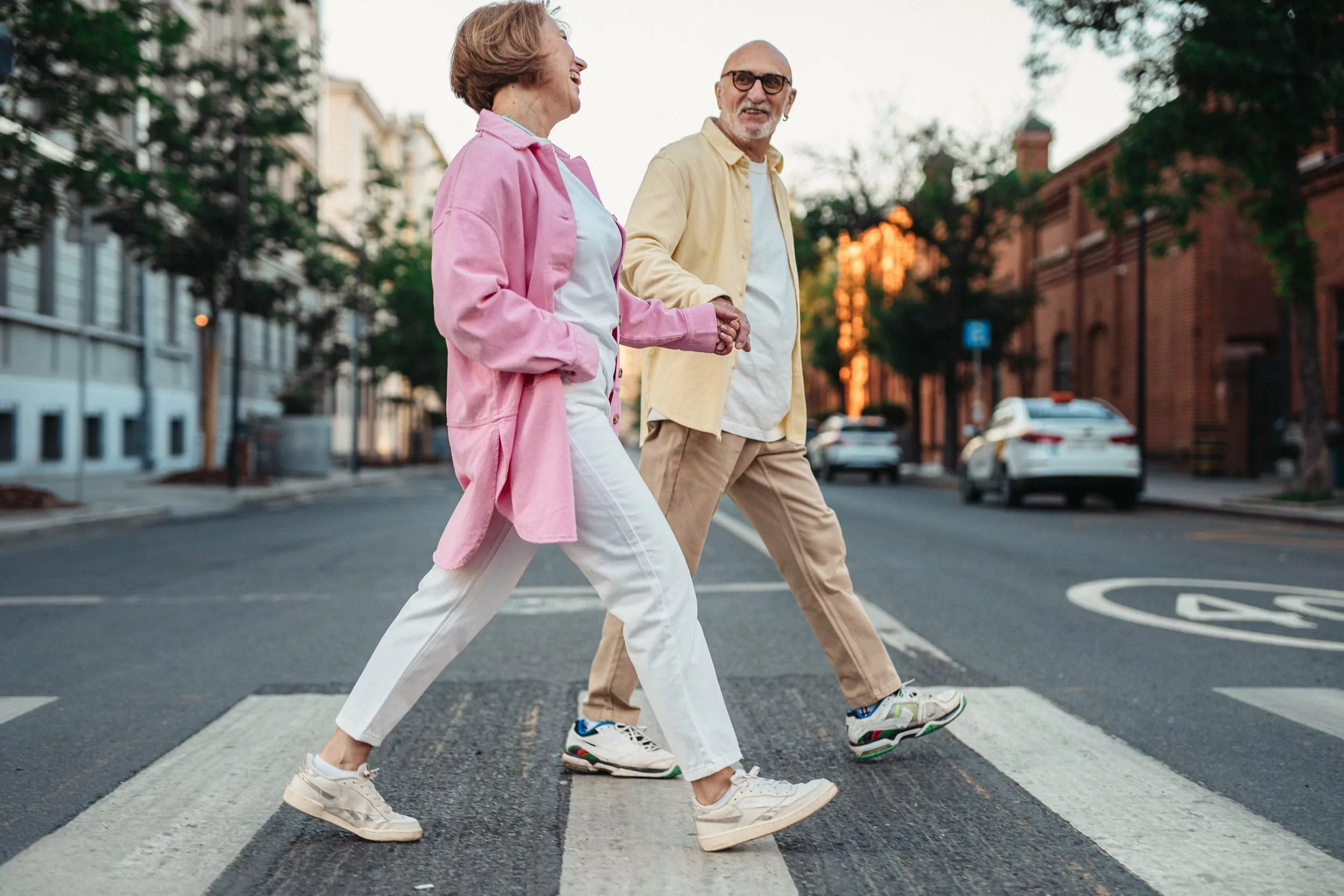
S&R News
How Marketing Will Impact the Success of Active Adult Communities
Active adult communities are one of the biggest trends shaping the senior housing market. Traditional housing models struggled during the pandemic, marking a turning point as forward-thinking senior living leaders look to the future. According to a 2019 study conducted by the CBRE Group, 22 percent of investors were interested in active adult housing opportunities prior to the pandemic. Since the pandemic, this number has grown. Today’s senior housing leaders are marketing to the 55+ Boomers instead of older adults in their 80s who may be looking to assisted living or memory care units. This is a significant shift that brings exciting new development and investment opportunities.
Who is the Active Adult?
Those who have embraced the active adult model have started by identifying the consumer base, an important first step. Across the country, we find that the typical active adult is somewhere between 72 and 77 years old. This is a younger consumer than independent living and other SNFs are marketing to and requires a fresh take on the amenities, services, and other offerings.
According to a recent article by Senior Housing News, active adults typically stay in these types of communities for four to six years, which is on the longer side. These residents desire on-demand services and welcome telehealth or virtual health care services. This is a bonus for investors and providers, as we know technology is impacting the future of senior living.
Here are a few additional facts about active adult communities:
-
Independent communities typically do not provide meals, medication, housekeeping, or other personal care services.
-
They offer easy access to cultural attractions, shopping, and dining.
-
They are close to medical facilities.
-
They are often in urban or residential settings and near large metro areas.
-
They offer a wide range of activities on-premises, such as golf, walking or hiking trails, biking, swimming, yoga or other exercise classes, arts and crafts, and other social activities.
How to Market to This New Generation of Seniors
Active adult communities must continue to evolve and adapt to meet the demands of today’s residents. With this, marketing tactics must also innovate. Here are several ways the marketing approach to the active adult has changed:
-
Senior living communities must take an omnichannel approach and spread their marketing efforts across the various digital channels.
-
Messaging and brand image should align with the consumer.
-
Recognize that today’s consumers have on-demand access to the information they want.
-
There are plenty of choices in senior living communities for active adults, so you must make your community stand out!
-
Market early and often.
-
Leverage technology wherever you can.
Your marketing strategy must evolve along with your consumer. By keeping up with the active adult trends impacting the senior housing industry, you will be in a better place to meet the demands of the next generation of seniors looking for housing. Are you looking for revenue-generating and other investment opportunities in senior living? Contact the senior housing experts at Sherman & Roylance today to learn about our current portfolio and listings.